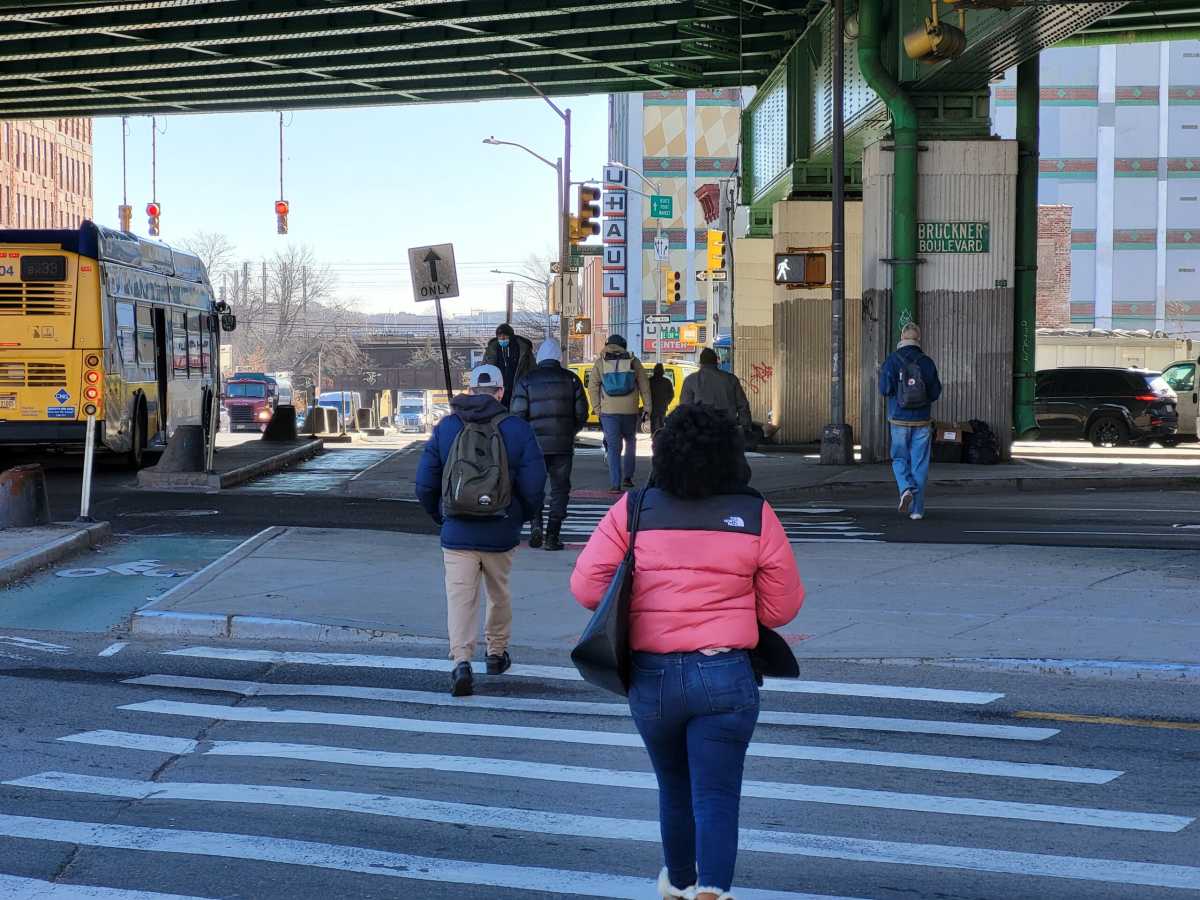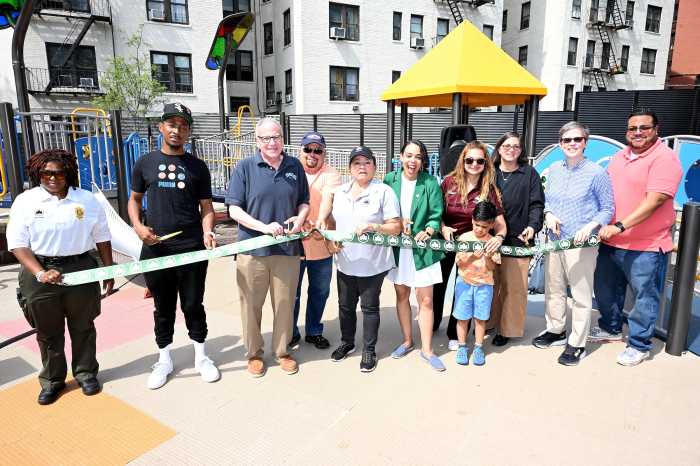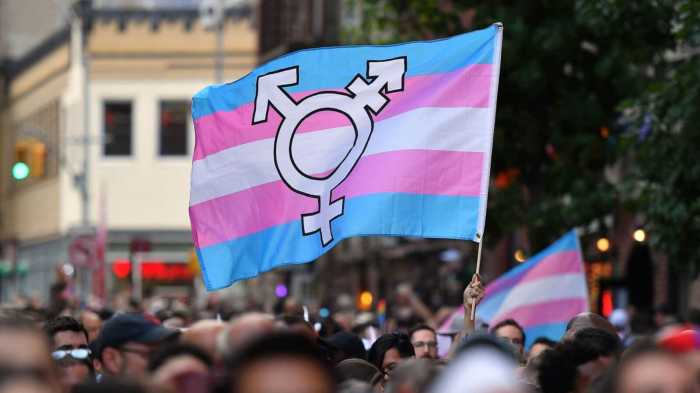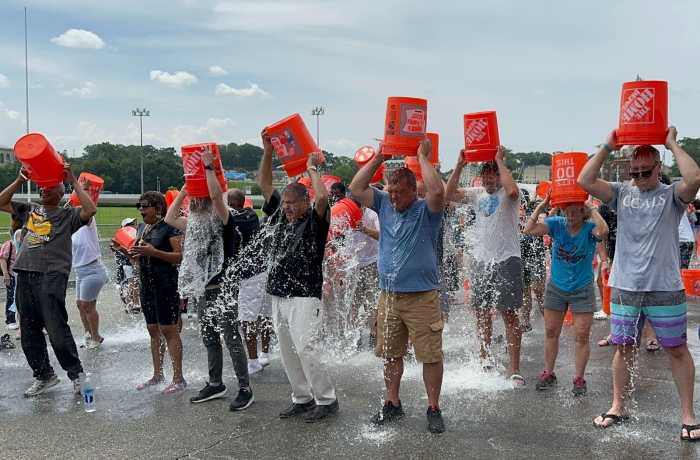When it comes to traffic safety, the Bronx is not the place to be.
A report released Tuesday by the nonprofit advocacy group Transportation Alternatives identified the city’s deadliest street for pedestrians, motorists and cyclists alike: East 138th Street in the Bronx, which spans just over 1.5 miles and saw 12 deaths between 2014 and 2023.
Only Woodhaven Boulevard in Queens had a higher death total — 18 — though its fatalities per mile was lower at 4.4, according to the report.
According to a spokesperson for the nonprofit, the intersections of East 138th and Willis Avenue and Bruckner Boulevard are particularly dangerous. In the past 10 years, these two intersections saw a combined eight deaths: five pedestrians, one cyclist and two motorists.
“Hell no, I don’t walk any of this. I take cabs,” said Jailene Vargas, 27, who works at a deli on East 138th Street and Cypress Avenue near Bruckner Boulevard but sometimes, she said, the ride that should have been six minutes away takes almost an hour to arrive.
The deli overlooks one of the deadliest streets in the city — and Vargas said she was not surprised to learn of that statistic. From inside the deli, she has a constant view of the congested mess of traffic that begins around 4 p.m.
“It’s crazy, that’s why I don’t walk here,” she said.
As the city has tried over the past decade to decrease traffic deaths, recent data shows that these efforts are paying off — but only in certain neighborhoods.
Vision Zero, founded 10 years ago during Mayor Bill de Blasio’s administration, brought together various agencies — including the NYPD, MTA, DOT, Department of Health and Mental Hygiene, among others — to work toward the goal of zero traffic fatalities in the city.
Transportation Alternatives recently analyzed 10 years of Vision Zero data and released a report Tuesday stating that overall traffic fatalities in the city are down — but white communities are seeing improvements, while communities of color are seeing just the opposite.
Overall, pedestrian fatalities are down 29% from 2014 to 2023, according to the report released Tuesday. The city has made significant changes to protect pedestrians, such as installing speed cameras, lowering speed limits and drastically increasing the number of walk signals timed to give pedestrians a head start before cars get the green light.
But even as safety for pedestrians has improved, the exact same number of people — 259 — were killed in traffic crashes in 2014 and 2023.
Disparities persist
Data shows that Vision Zero policies have helped reduce traffic fatalities in white communities — but in neighborhoods with mostly people of color, deaths are actually on the rise.
According to the report, majority-white community boards saw a 4% decrease in traffic deaths from 2014-2023, but majority-Black boards saw a 13% increase — and majority-Latino boards fared even worse, with a 30% increase.
“[I]t’s clear the program has not been fully or effectively implemented in neighborhoods of color and with lower incomes,” according to the report.
To some, the alarming disparity is a positive sign that the city knows what works — but urgently needs to do better with implementation across all communities.
“Vision Zero’s principles clearly work. But we’re failing to apply them unflinchingly and equitably,” said Sara Lind, co-executive director of the nonprofit Open Plans, in a statement for the report.
Lind blamed some in city leadership for their “general lack of vision” or “loyalty to a vocal minority” that has stymied decreases in traffic deaths in certain neighborhoods.
“In the last years, city leaders have implemented projects slowly and piecemeal, creating unjust imbalances in who is safe and who gets to enjoy liveable communities,” said Lind.
Cyclists beware
When it comes to bicycle safety, the trend is headed in the wrong direction: 2023 was the deadliest year for cyclists since the launch of Vision Zero.
Transportation Alternatives found that nearly 100% of cyclists killed from 2014-2023 were riding on a street without a protected bike lane, suggesting that infrastructure is lagging behind the uptick in cycling.
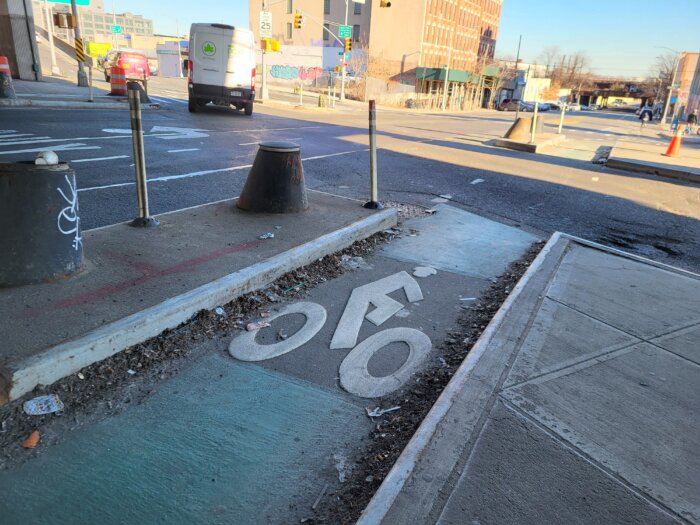
That infrastructure is especially lacking in the Bronx. According to the report released Tuesday, only 6% of the city’s protected bike lanes are in the Bronx — even though every borough has approximately the same rate of bike ridership.
Biking has been on the rise during the Vision Zero era. Department of Health and Mental Hygiene data shows that over 900,000 New Yorkers ride a bike “at least several times a month” and, according to Department of Transportation data, daily bike ridership in the Bronx grew 25% from 2017-2022.
Victor Vivar works at Cruz Bike Shop, about half a block from East 138th Street and Willis Avenue. As he spoke with the Bronx Times, a nearby coworker was busy repairing an e-bike with a part torn off from a collision.
Traffic in that area, Vivar said, is “really bad.” He said he has a general sense that drivers just aren’t paying attention — which is especially dangerous on East 138th, Vivar said, because “you’re exposed” to heavy traffic not only from cars, but also school buses, city buses and large trucks.
“People who drive cars, they just don’t respect the bike lane,” Vivar said.
‘People don’t pay attention’
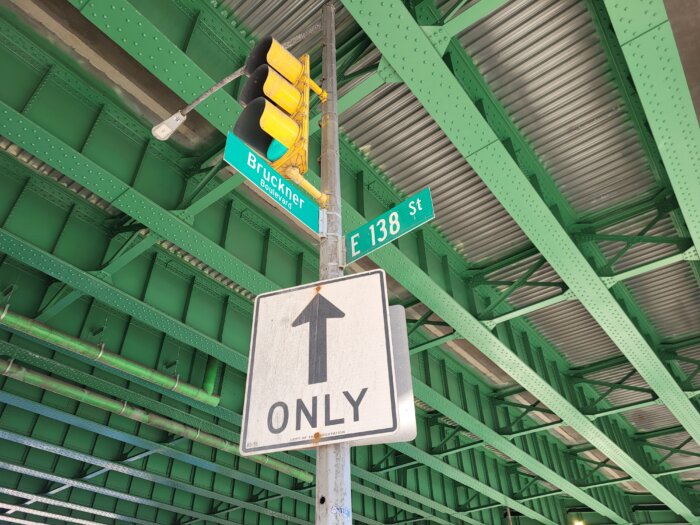
As cars just began to pile up at East 138th and Bruckner around 3:30 p.m. on a weekday, more pedestrians came through as well, perhaps unaware that the intersection is one of the deadliest in the borough.
The report released Tuesday said that the top 1% of the city’s most dangerous streets saw 11% (269) of the total fatalities between 2014 and 2023.
As the report put it, “the city knows” how dangerous certain streets are — yet “many of these roads remain unchanged.”
“There’s been a lot of accidents here,” said a 33-year-old, who gave his name as Jonathan J, as he prepared to cross.
He said the area can be confusing for drivers trying to figure out the correct lane. He assumed people unfamiliar with the area may cause a lot of the accidents. But still, “there are people who don’t pay attention to street lights,” he said.
Jonathan said he was struck by a car when he was six or seven — so he remains especially cautious. His trick while walking this particular deadly intersection, he said, is to run across at least one lane so as not to get stuck waiting in the middle with cars whizzing past.
“I feel okay because I know when to cross,” he said. “But I’m used to it.”
Reach Emily Swanson at eswanson@schnepsmedia.com or (646) 717-0015. For more coverage, follow us on Twitter, Facebook and Instagram @bronxtimes

